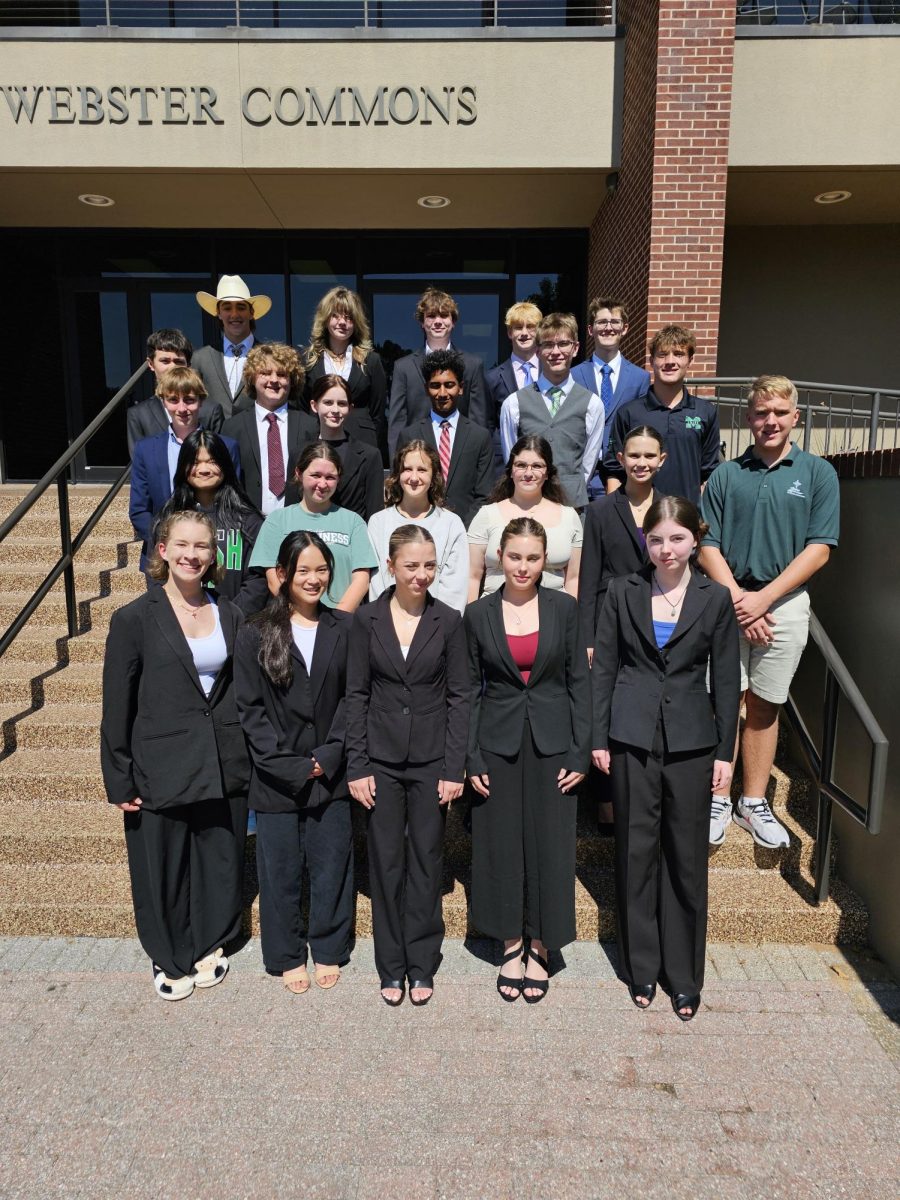With elections coming up, it is important to know how the system with which we elect presidents works. For instance, did you know that the popular vote of Americans does not win presidential elections? The victor of elections is decided by a system known as the electoral college, which takes the votes of the people of America and interprets it, electors casting their vote for who they think would best represent their state. This system is heavily flawed.
The modern Electoral College functions mostly off of an electoral system known as “Majoritarian Representation”. Majoritarian Representation is a system where the single candidate with the most votes wins the entire election. For the Electoral College, this system means that all electoral votes for a state go to the candidate of the single party with the most votes. This is also known as a “single-winner” system. Every state except Maine and Nebraska uses this system.
There are advantages to this system, of course, otherwise it wouldn’t be used. The single-winner system is, first and foremost, incredibly easy to use and to count the votes for. It also tries its best to represent a majority of the population, electing a person with the single most votes.
But it also has a lot of problems. For one, if one group has so much as a 51 percent lead in votes, they’ll win the entire state, which would leave 49 percent of the entire population completely unrepresented. And that’s only when there’s two parties represented. When the number of parties increases, so can the amount of people completely unrepresented by their state in the electoral college.
Additionally, it completely invalidates third parties and drives partisan fighting up. When only one party wins, it completely removes the purpose of even voting for a smaller party. If people would want to vote for a third party, they might feel like their vote wouldn’t matter. And because the third party is no longer effective, that means more people flock to one of the two primary parties in the United States. As the parties become larger, they can polarize, no longer having to appeal to moderates if the moderates no longer exist. As the parties polarize in opposite directions, it causes more infighting in Congress, and more stalemates as no laws are passed.
But there is a solution! Not all states use this Majoritarian Representation system! Two states, Maine and Nebraska, use a Congressional District method to award electoral votes. This system, instead of awarding all electoral votes to one candidate, awards the electoral votes of each individual district they have to whoever won that district. Unlike the other 48 states, who are still separated into Congressional Districts, and whoever wins the most districts gets all the votes. But these two small states provide a different option.
With the Congressional District method, it gives more representation to the people within states. And though gerrymandering (the creation of district lines specifically made by one party to win elections) would still be a major problem, people would still have some representation with it. Additionally, it gives third parties a chance to grow, with local, small parties getting votes and representation from the district where they live.
This could be implemented by the states, not the federal government. States would have to vote to have this system implemented, based upon their own systems for implementing new systems of voting, which varies heavily from state to state.
However, this system would not be without its flaws. Though it would give representation to people packed into majority minority districts (voting districts where the majority of the population is an ethnic minority, put together to make their overall vote matter less across the entire state, by giving them only one district), it would also make it so that districts would be far more susceptible to this. A state congress could easily divide districts in a specific way so that no matter what the popular vote is, districts are still won by the minority representation.
The Congressional District method, though flawed, has been shown by Maine and Nebraska to be an effective strategy. And though it would require work from lawmakers, it could help provide a more diverse and representative electoral college for our presidential elections.
For more information, a website called Ballotpedia has in-depth maps and information regarding election districts and votes, found here!







